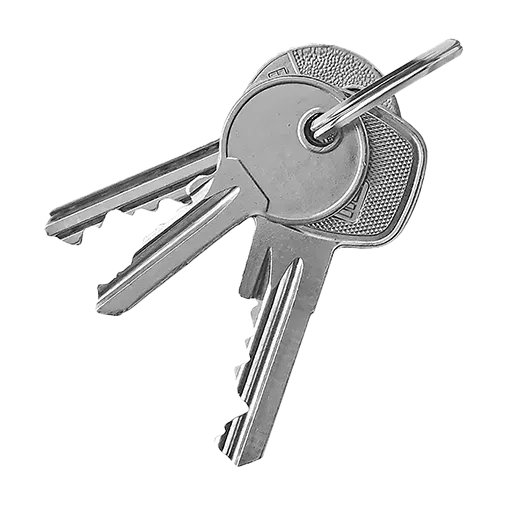
The process for property settlement after divorce in Australia involves several key steps aimed at ensuring a fair division of assets and liabilities between both parties.
While property settlement can be negotiated privately, the Family Court of Australia or the Federal Circuit and Family Court of Australia (FCFCOA) can step in if an agreement cannot be reached.
I help you navigate the division of assets and debts during the process of your divorce or separation in Melbourne, Australia, to make sure that property settlements are fair and equitable.
The process involves the following stages:
- Identify and Value Assets and Liabilities
- Assess Contributions
- Consider Future Needs
- Determine a Fair and Equitable Distribution
- Formalize the Agreement
- Court Proceedings
- Time Limit for Property Settlement
Identify and Value Assets and Liabilities
The first step is to make a complete list of all assets, liabilities, and financial resources, whether jointly or individually owned. Assets may include properties, bank accounts, superannuation, vehicles, businesses, and personal belongings. Liabilities include debts like mortgages, loans, and credit card debts. It is crucial to have accurate and up-to-date valuations for all assets.
Assess Contributions
The next step involves assessing each party’s contributions to the relationship. These can be:
- Financial contributions, such as income, investments, or gifts from family members.
- Non-financial contributions, like homemaking and child-rearing responsibilities.
- Indirect contributions, including efforts that helped the other spouse’s career or business success.
The court will consider all contributions made before, during, and after the relationship.
Consider Future Needs
The court then considers the future needs of both parties. This includes factors like age, health, earning capacity, care responsibilities for children, and the financial resources available to each person. If one party is at a disadvantage, such as having limited income or primary responsibility for children, the settlement may be adjusted to reflect these needs.
Determine a Fair and Equitable Distribution
Based on the contributions and future needs, the court aims to achieve a division of property that is just and equitable. This does not necessarily mean a 50/50 split; the specific percentage depends on the unique circumstances of each case. The aim is to ensure that both parties have a fair share of the combined assets and resources to move forward independently.
Formalize the Agreement
Once an agreement is reached, it can be formalized through a Binding Financial Agreement (BFA) or by applying for Consent Orders from the court. Consent Orders are legally binding and offer the same enforceability as a court order. If the parties cannot agree, they may need to go to court, where a judge will make a binding decision.
Court Proceedings (if Necessary)
If court proceedings become necessary, both parties will need to attend hearings, and the court will make a final decision on how to divide the property. The court process can be lengthy and expensive, so it is often beneficial to try to reach an agreement through mediation or negotiation.
Time Limit for Property Settlement
It’s important to note that you have a limited timeframe to apply for a property settlement after a divorce. You must initiate proceedings within 12 months of the divorce being finalized. For de facto couples, the time limit is two years from the date of separation.
By understanding and following these steps, divorcing couples can work toward a fair property settlement, whether through mutual agreement or with the assistance of the court.

